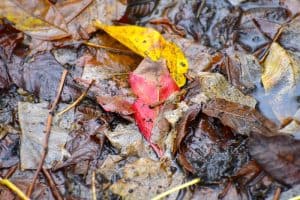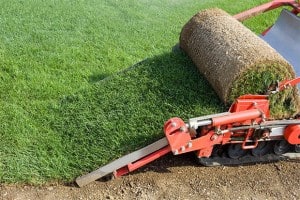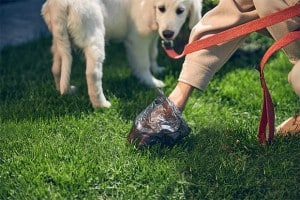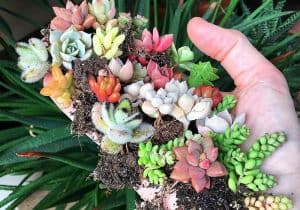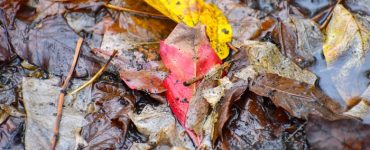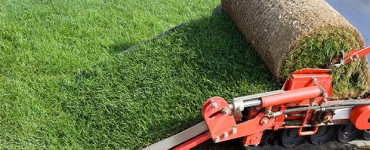Composting is a process of transforming organic materials into soil or mulch. It is an environmentally friendly way to dispose of trash and can help reduce greenhouse gas emissions. There are many different types of wastes that can be composted, but the most common are garden wastes, food scraps, and household wastes.
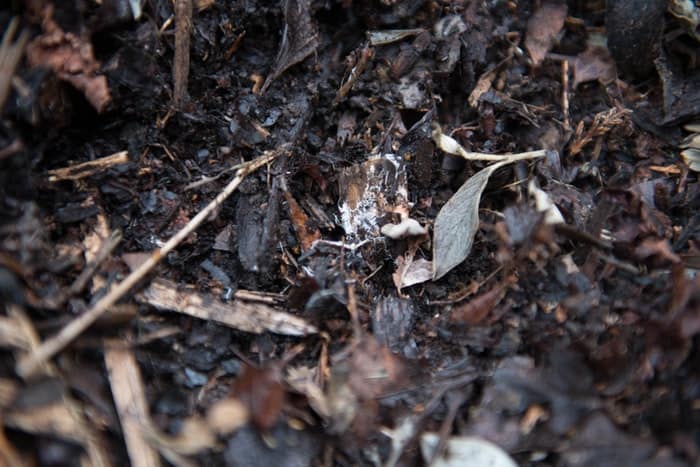
Garden Wastes
Composting is a great way to recycle organic material from your garden. There are two main types of organic material that can be composted:
Dead Plants
Dead plants can be used as composting materials. The leaves, stems, and roots can all be composted together. If the plant is wet when it is composted, the process will be slower. Certain plants are better for composting than others because they have high levels of nitrogen and potassium. Dead plants can be added to a pile of soil and left to decompose.
Branches
Broken branches can be used as a composting material if they are chopped into small pieces. Broken branches should be placed in a large container filled with moist soil and left to compost. Broken branches will create moisture and air pockets, which will help the process of composting.
Food Scraps
Composting is an important part of reducing the amount of waste that we produce. Food scraps can be composted if they are broken down into small pieces. Food scraps that are not compostable can be disposed of in the trash.
Egg Shells
When it comes to recycling, there are many different materials that can be used to create new products. One of these materials is eggshells. Eggshells are a great source of composting material because they contain a high level of nitrogen. This means that they can help to create a strong and healthy compost. Additionally, eggshells are porous, which makes them an excellent choice for absorbing moisture and nutrients from the surrounding soil.
Fruit Peelings
Fruit peelings are an excellent composting material because they are high in nitrogen and potassium. They also contain other essential nutrients such as phosphorus and magnesium. When mixed with other organic matter, fruit peelings help to create a healthy soil amendment that can improve plant growth.
Seaweed
Seaweed is a type of plant that grows in the ocean. It can be collected and used as composting materials. Seaweed can be used as a Mulch, Compost, Fertilizer, and Soil Conditioner. Seaweed can help improve soil conditions by providing essential nutrients and helps to bind soil together.
The seaweed can also be dried and used as mulch or compost. When using the seaweed as mulch, it helps to keep the soil moist and protects plants from direct sunlight. Seaweed can also be used as compost because it is high in nitrogen and potassium. The seaweed will breakdown over time and provide nutrients for plants to use.
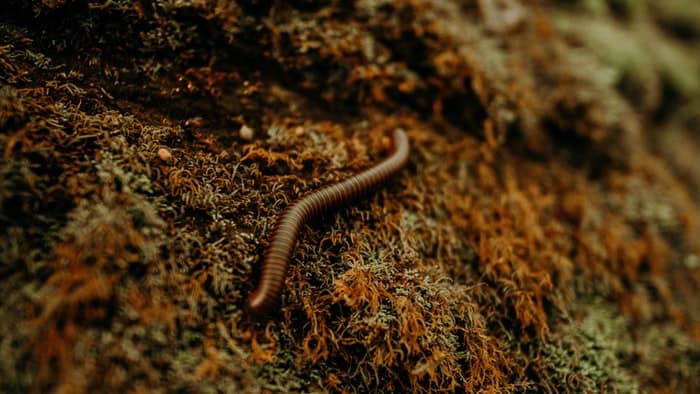
Household Wastes
Composting is a great way to turn household wastes into organic matter that can be used in gardens and plants, or sold to nurseries. Here are some household wastes to compost:
Wood Chips
Wood chips have many of the same benefits as other compostable materials, such as being high in carbon and nitrogen. In addition, they are easy to handle and can be added to your compost pile quickly.
There are a few things to keep in mind when using wood chips as composting material, though. First, make sure that the chips are fresh; if they’ve been sitting around for a while, they may not act as an effective fertilizer or composting agent.
Second, make sure that you add enough water to help them compost; if they’re too dry, they may not breakdown quickly enough and could end up costing you money in terms of wasted materials. Finally, be careful with how much you add; too much wood chip will result in a heavy odor and may hinder the decomposition process.
Sawdust
Sawdust, like other organic matter, can be used to compost. It helps to improve the soil’s ability to hold water and nutrients and reduces the need for synthetic fertilizers. There are many different ways to compost, but sawdust is one of the most common.
Sawdust can be used as a main ingredient in a compost pile or it can be added to an existing pile as an amendment. Sawdust makes a good amendment because it is high in nitrogen and carbon. When added to an established compost pile, sawdust will help to break down materials and increase the speed at which the compost process occurs.
Cardboard
Composting cardboard is a great way to reduce your waste and help keep your garden healthy. You can make compost from cardboard using the same process as you would use for other types of compost. The key is to break down the cardboard into small pieces so that it can be easily absorbed by the soil. Cardboard is a natural material that can be turned into valuable organic fertilizer for your garden.
Do You Have to Add Worms in Compost?
Composting worms are great for adding aeration and breaking down materials, but some people worry about adding worms to their compost because of the potential for them to spread disease.
There is no evidence that composting with worms increases the risk of spreading disease, and in fact, there are benefits to including them in your compost pile. For example, by breaking down food waste into manageable pieces, worms help improve the soil quality and increase the productivity of your garden. So whether you’re adding composting worms or not, make sure you follow all the safety guidelines.
Conclusion
In conclusion, composting is a great way to reduce waste and help conserve resources. There are many different types of wastes that can be composted, so find the right one for your needs. It’s also important to keep the compost pile well-maintained so it functions properly and produces high-quality compost.


